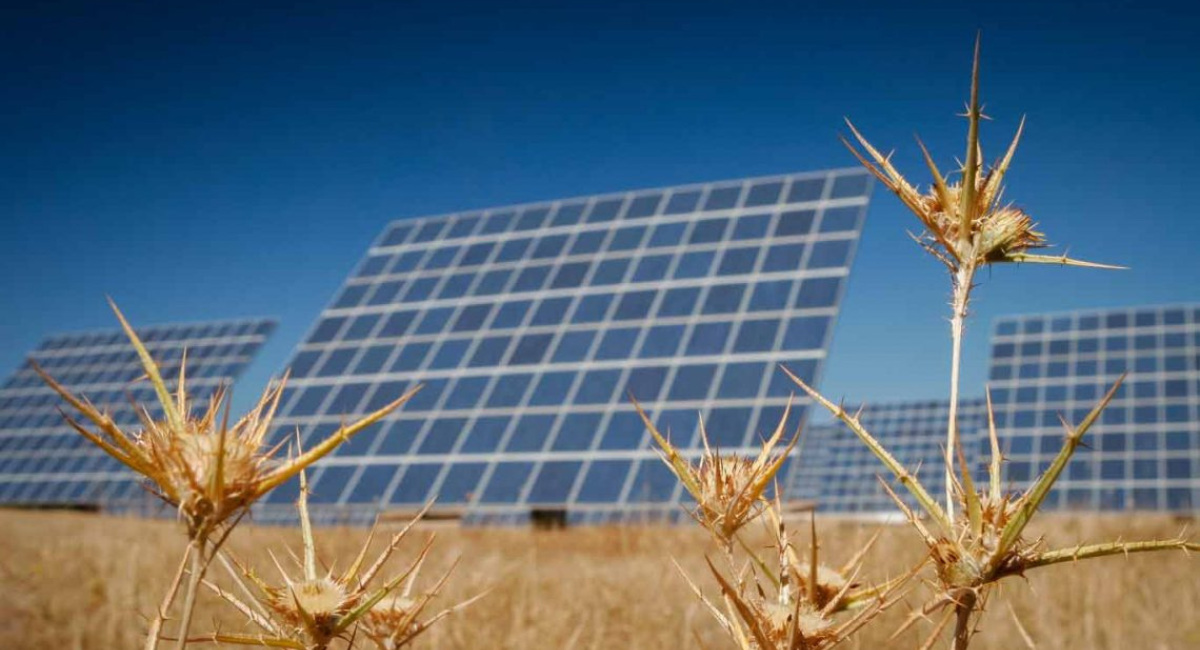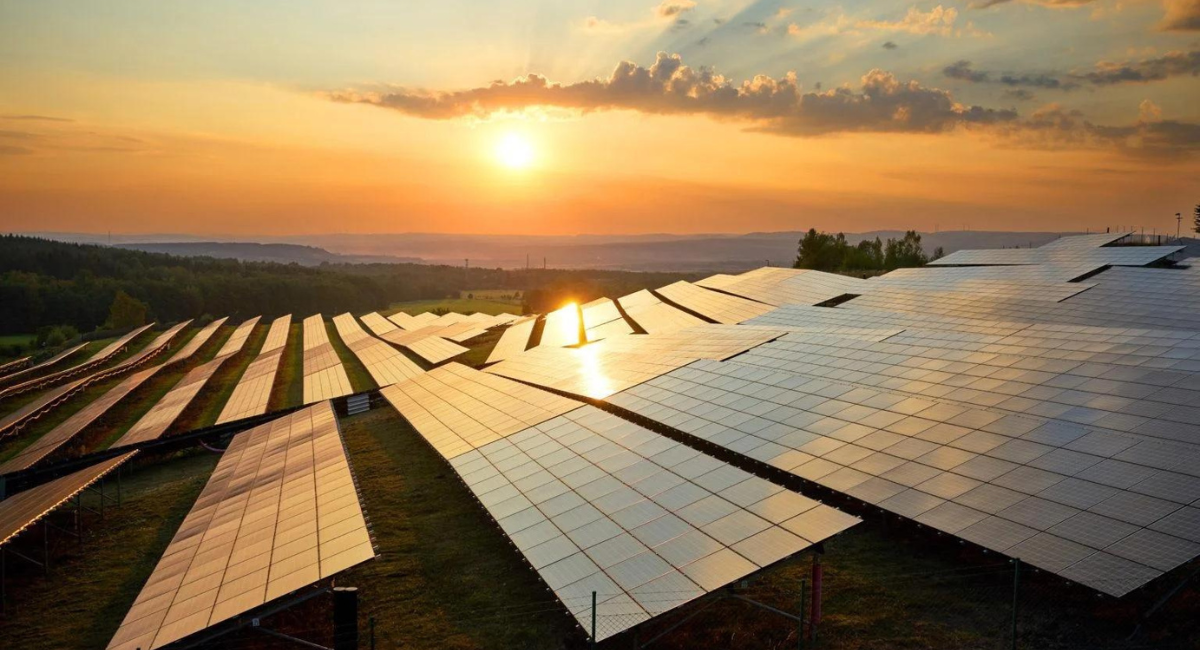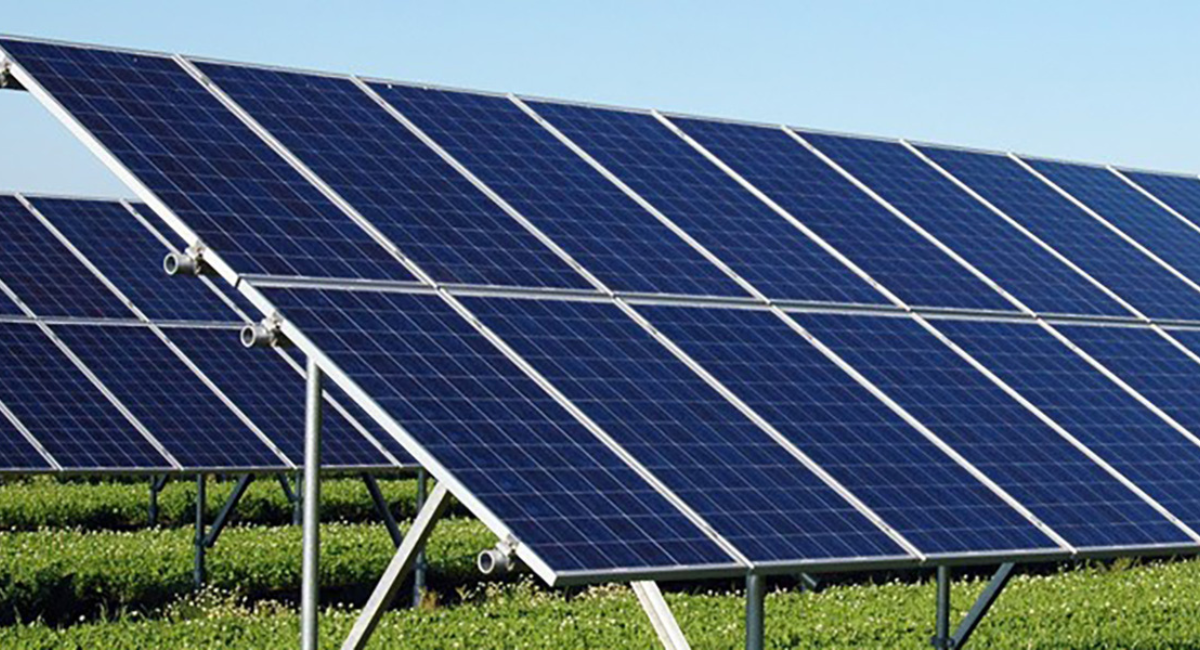
(Image credit- Smartprix) Designed to reduce en...
news-extra-space

 By attaching solar panels to the roof of a house, photovoltaic cells can be used to produce electricity that can be used directly from a house's energy source or, increasingly, stored in larger batteries that can be used to provide energy for a home, much like a generator. If more electricity is needed, multiple modules can be installed in the building or at ground level in racks, forming a solar array. Some solar cell modules, being a double-use construction material, lower the costs of a solar system using a building as the mounting or supporting structure while reducing utility bills by producing electricity locally.
The solar energy research community at Penn State has emerging strengths in thin-film PV materials. It is surrounded by complementary strengths in batteries, hydrogen, and energy-efficient building studies. From integrated, integrated PV needed for net-zero-energy buildings to high-efficiency, flexible cells recharging and expanding electric car range, the future of solar research lies in integration and storage.
By attaching solar panels to the roof of a house, photovoltaic cells can be used to produce electricity that can be used directly from a house's energy source or, increasingly, stored in larger batteries that can be used to provide energy for a home, much like a generator. If more electricity is needed, multiple modules can be installed in the building or at ground level in racks, forming a solar array. Some solar cell modules, being a double-use construction material, lower the costs of a solar system using a building as the mounting or supporting structure while reducing utility bills by producing electricity locally.
The solar energy research community at Penn State has emerging strengths in thin-film PV materials. It is surrounded by complementary strengths in batteries, hydrogen, and energy-efficient building studies. From integrated, integrated PV needed for net-zero-energy buildings to high-efficiency, flexible cells recharging and expanding electric car range, the future of solar research lies in integration and storage.
 This research is made possible by funding from the German Research Foundation (DFG), which provides Collaborative Research Centre funds to CRCs Control of Power Conversion at Atomic Scales and Mathematics of Experiments at the University of Gottingen, and CRCs Structures and Dynamics of Inner Interfaces at the University of Marburg. An international team of researchers led by the University of Gottingen has observed, for the first time, the building-up of the physical phenomenon playing a role in converting sunlight to electric power in two-dimensional materials. Furthermore, scientists showed how a newly developed experimental technique from Gottingen, the pulsed photoemission microscopy with femtosecond light, provides micro-level insights relevant to future technological developments.
This research is made possible by funding from the German Research Foundation (DFG), which provides Collaborative Research Centre funds to CRCs Control of Power Conversion at Atomic Scales and Mathematics of Experiments at the University of Gottingen, and CRCs Structures and Dynamics of Inner Interfaces at the University of Marburg. An international team of researchers led by the University of Gottingen has observed, for the first time, the building-up of the physical phenomenon playing a role in converting sunlight to electric power in two-dimensional materials. Furthermore, scientists showed how a newly developed experimental technique from Gottingen, the pulsed photoemission microscopy with femtosecond light, provides micro-level insights relevant to future technological developments.
 Their optically-darkish formation and Moire potential effects (illustrated with peak troughs inside layers) were investigated within the current study, using femtosecond photoemission pulsed microscopy and quantum-mechanical concepts. As a result, scientists produced the optically visible quasi-particles known as the Moire dark-interlayer excitons and explained their formation using quantum mechanics. Last year, in Nature Energy, Lutets group reported that they had made transparent, UV- and infrared-absorbing cells that were 5 percent efficient, using organic photovoltaics --thin films stacked together from organic semiconductors and metals.
Their optically-darkish formation and Moire potential effects (illustrated with peak troughs inside layers) were investigated within the current study, using femtosecond photoemission pulsed microscopy and quantum-mechanical concepts. As a result, scientists produced the optically visible quasi-particles known as the Moire dark-interlayer excitons and explained their formation using quantum mechanics. Last year, in Nature Energy, Lutets group reported that they had made transparent, UV- and infrared-absorbing cells that were 5 percent efficient, using organic photovoltaics --thin films stacked together from organic semiconductors and metals.
Leave a Reply






